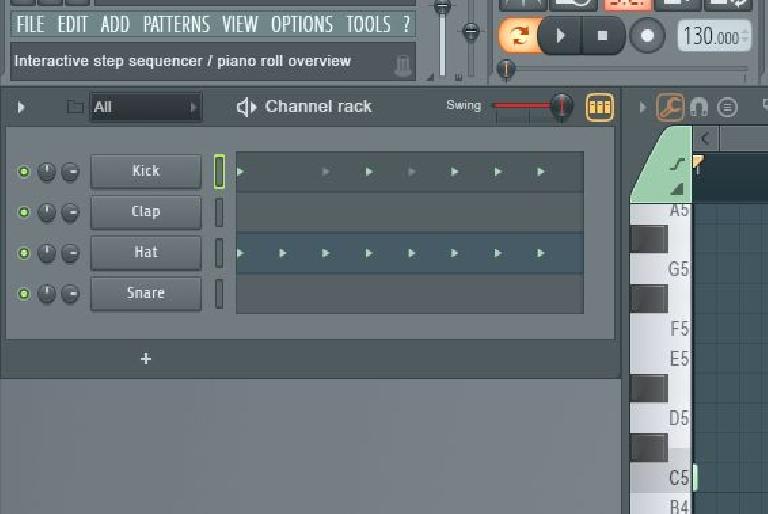

The big idea behind step sequencing is that you can program patterns step-by-step instead of performing in realtime. A sequencer was even part of the Casio VL-1 synthesizer-the first commercial digital synthesizer released in 1979. They were perhaps most commonly used in drum machines when that technology became prevalent in the ’80s.

Hardware sequencers were quite popular before digital recording and software step sequencing. Practical application grew to include such things as triggering synthesized drum sounds (also called “pattern sequencers”), modulating the amplitudes of sounds, and controlling the cutoff and center frequency of filters. Of course, step sequencing continued to evolve. If you sustained a single note while the step sequencer was active, the changing voltage, when assigned to the frequency of an oscillator, would produce a repeating sequence of changing pitches. The output of the sequencer could be sent to another synthesizer module, such as an oscillator or filter.


 0 kommentar(er)
0 kommentar(er)
